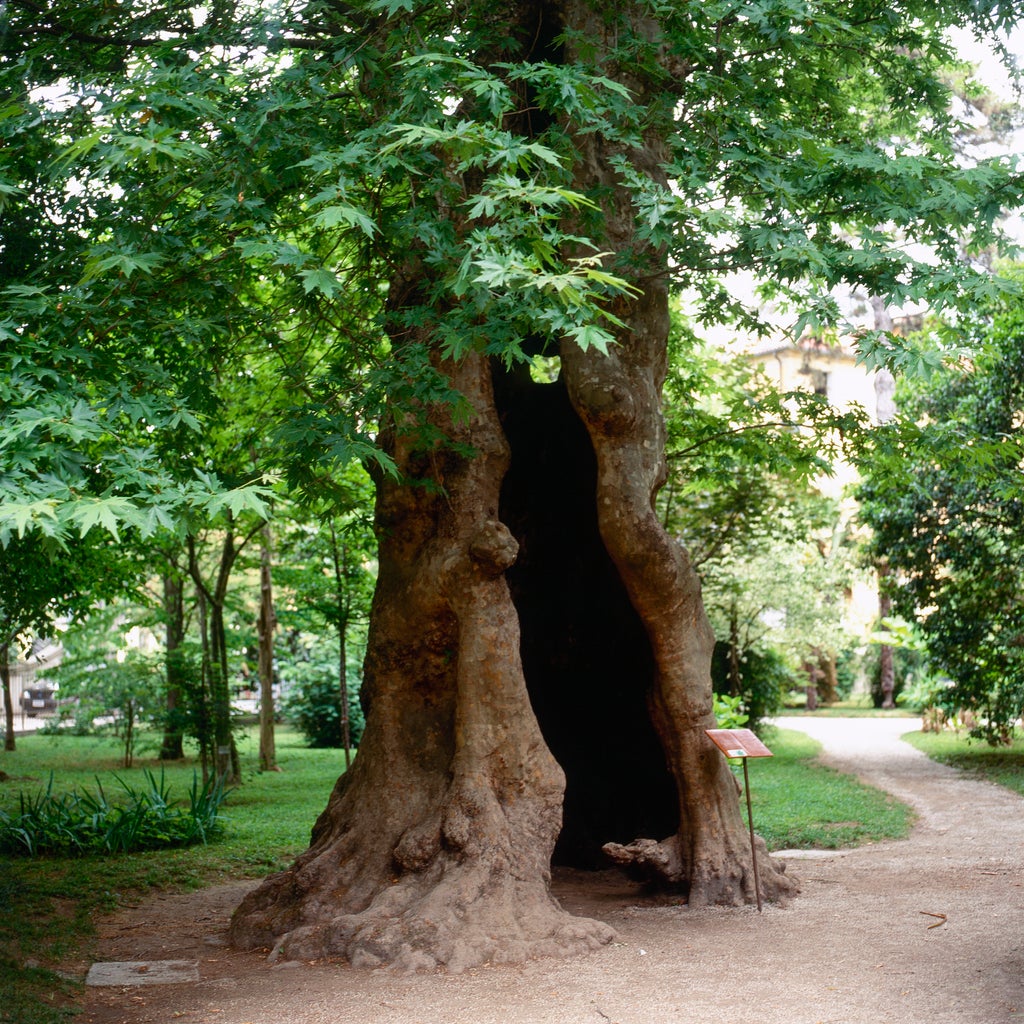Plane Tree History: Where Do London Plane Trees Come From


London plane trees are tall, elegant specimens that have graced the busy streets of the city for generations. However, when it comes to the history of the plane tree, horticulturalists are uncertain. Here’s what plant historians have to say about the history of the plane tree.
London Plane Tree History
It appears that London plane trees are unknown in the wild. So, where do London plane trees come from? The current consensus among horticulturalists is that the London plane tree is a hybrid of the American sycamore (Platanus occidentalis) and the Oriental plane tree (Platanus orientalis). The Oriental plane tree has been cultivated around the world for centuries, and is still favored in many parts of the world. Interestingly, the Oriental plane tree is actually a native of southeastern Europe. The American plane tree is newer to the horticultural world, having been cultivated since the sixteenth century. The London plane tree is newer still, and its cultivation has been traced to the latter part of the seventeenth century, although some historians believe the tree was cultivated in English parks and gardens as early as the sixteenth century. The plane tree was initially planted along London streets during the industrial revolution, when the air was black with smoke and soot. When it comes to plane tree history, one thing is certain: the London plane tree is so tolerant of urban environments that it has been a fixture in cities throughout the world for hundreds of years.
Plane Tree Facts
Although the history of the plane tree remains cloaked in mystery, there are a few things we know for sure about this tough, long-lived tree: London plane tree information tells us the tree grows at a rate of 13 to 24 inches (33-61 cm.) per year. Mature height of the London plane tree is 75 to 100 feet (23-30.5 m.) with a width of about 80 feet (24.5 m.). According to a census conducted by the New York City Department of Parks and Recreation, at least 15 percent of all trees lining city streets are London plane trees. The London plane tree sports peeling bark that adds to its overall interest. The bark promotes resistant to parasites and insects, and also helps the tree cleanse itself of urban pollution. The seed balls are favored by squirrels and hungry songbirds.
Sign up for the Gardening Know How newsletter today and receive a free copy of our e-book "How to Grow Delicious Tomatoes".

A Credentialed Garden Writer, Mary H. Dyer was with Gardening Know How in the very beginning, publishing articles as early as 2007.